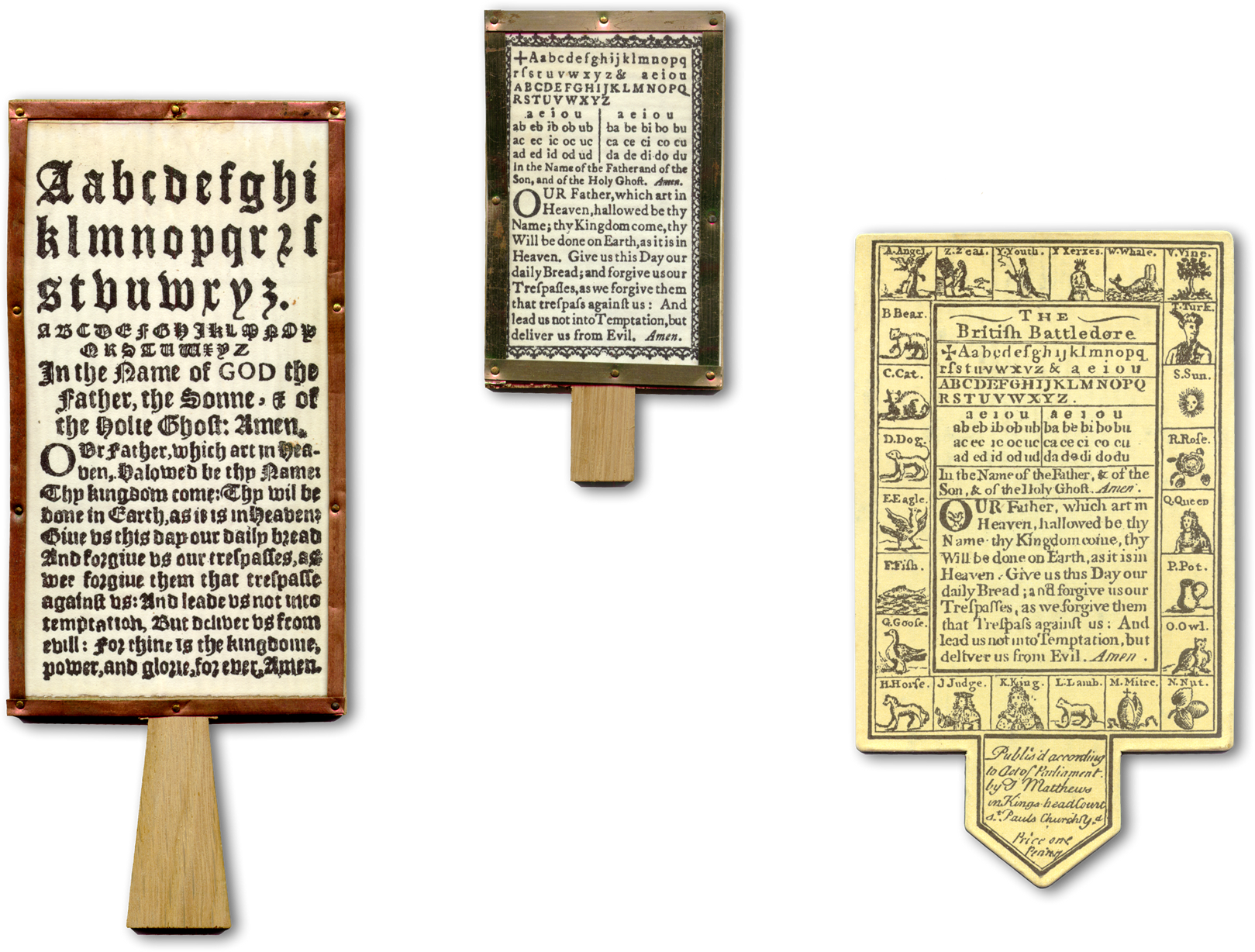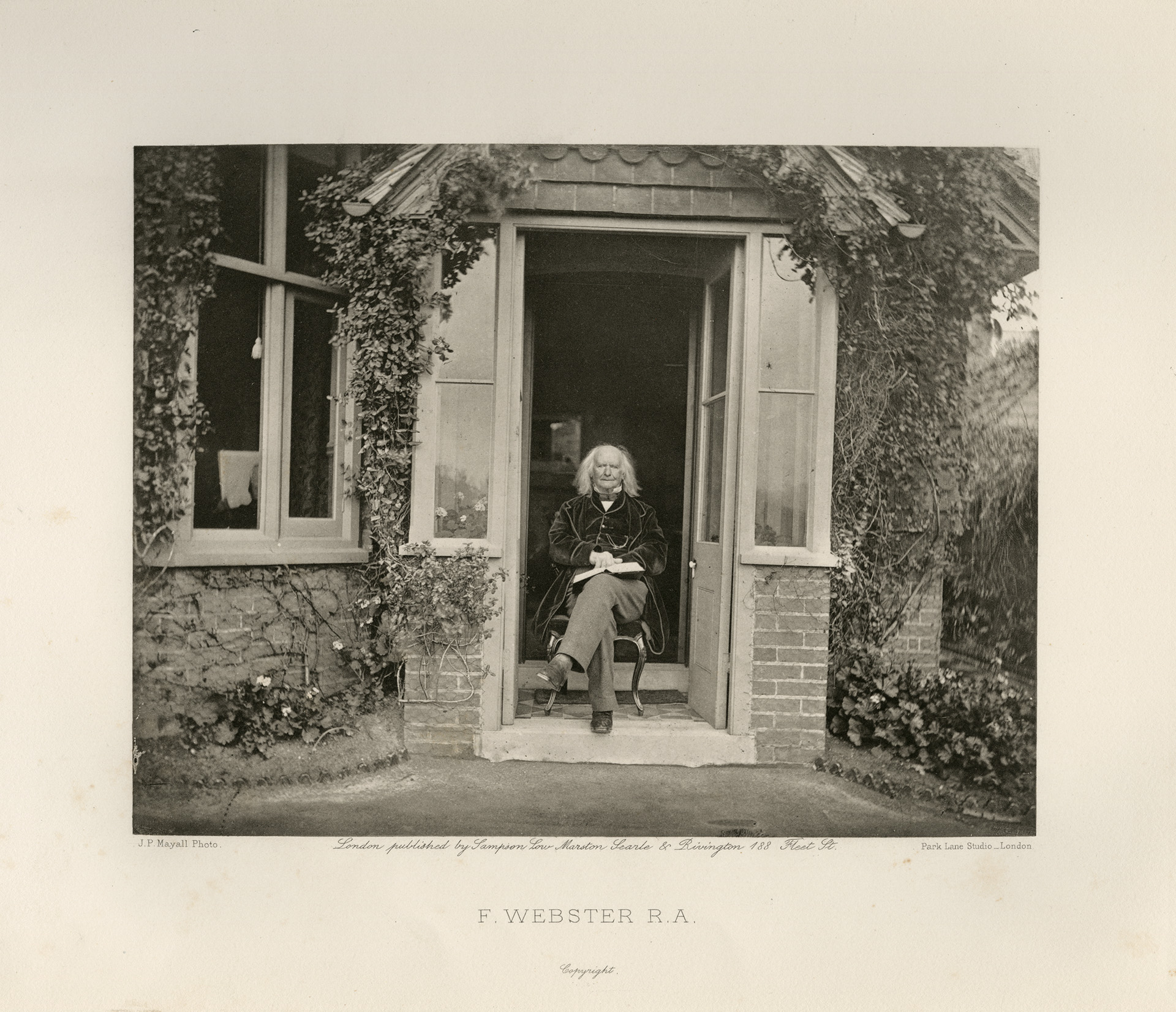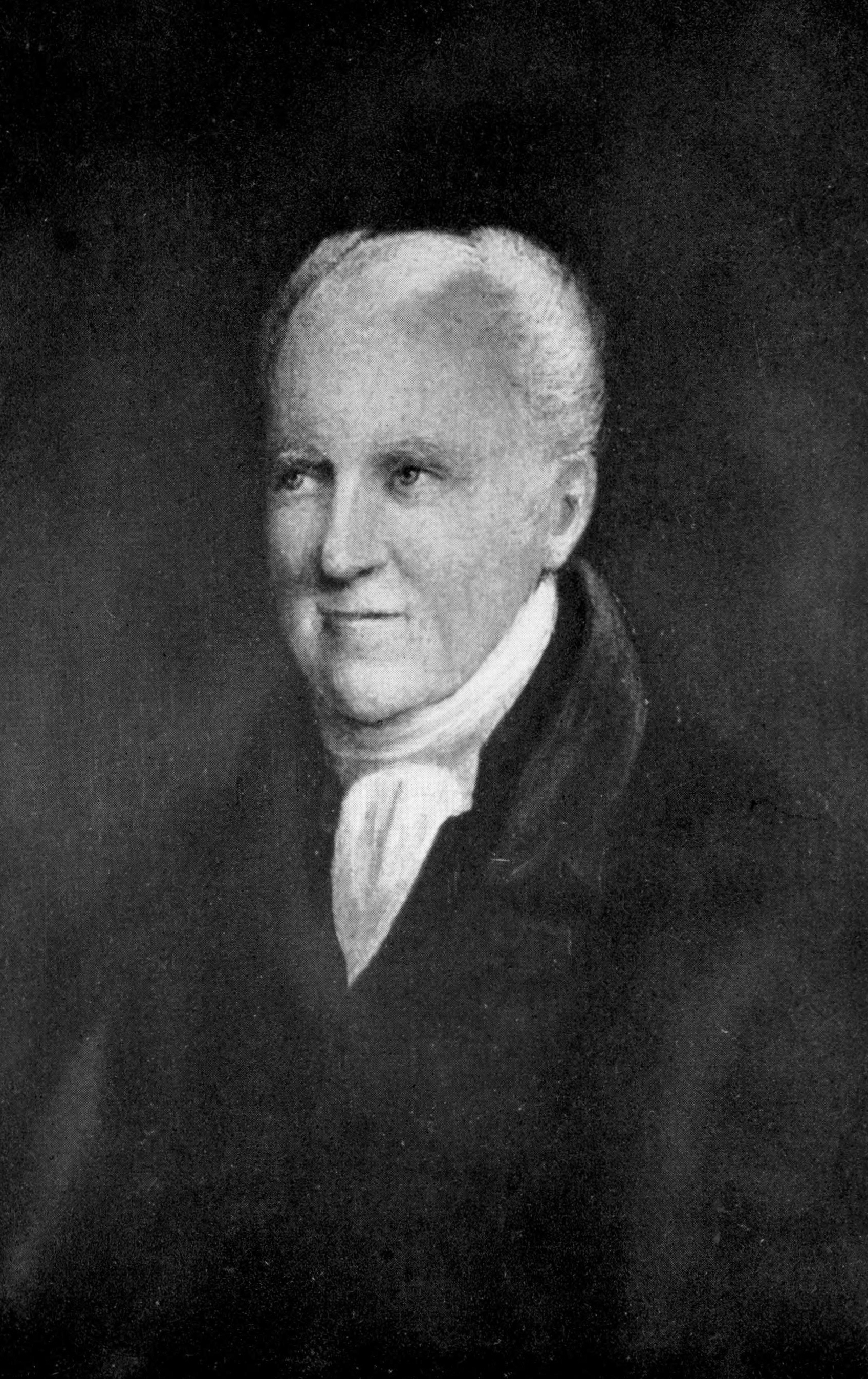|
Dame School
Dame schools were small, privately run schools for children aged two to five. They emerged in Great Britain and its colonies during the Early modern Britain, early modern period. These schools were taught by a “school dame,” a local woman who would care for children and teach them the alphabet for a small fee. Dame schools were localized, and could typically be found at the town or parish level. At dame schools, children could be expected to learn reading and arithmetic, and were sometimes also educated in writing. Girls were often instructed in handiwork such as knitting and sewing.Martin, Christopher. ''A Short History of English Schools'', (East Sussex: Wayland Publishers Ltd, 1979), 5, 8–9. Dame schools lasted from the sixteenth century to about the mid-nineteenth century, when compulsory education was introduced in Britain. Dame schools were the precursors to present-day nursery and primary schools.McCann, Phillip. ''Popular education and socialization in the ninet ... [...More Info...] [...Related Items...] OR: [Wikipedia] [Google] [Baidu] |
Thomas George Webster (1800-1886) - A Dame's School - N00427 - National Gallery
Thomas Webster (10 March 180023 September 1886), was a British painter of genre scenes of school and village life, many of which became popular through prints. He lived for many years at the artists' colony at Cranbrook in Kent. Life Webster was born in Ranelagh Street, Pimlico, London. His father was a member of the household of George III, and the son, having shown an aptitude for music, became a chorister, first at St George's Chapel in Windsor Castle, and then the Chapel Royal at St. James's Palace in London. He abandoned music for painting, however, and in 1821 was admitted as a student at the Royal Academy, exhibiting, in 1824, a portrait of "Mr Robinson and Family". In the following year he won first prize in the school of painting. In 1825, also, Webster exhibited ''Rebels shooting a Prisoner'', at the Suffolk Street Gallery - the first of a series of pictures of schoolboy life for which he subsequently became known. In 1828 he exhibited ''The Gunpowder Plot ... [...More Info...] [...Related Items...] OR: [Wikipedia] [Google] [Baidu] |
Spitalfields
Spitalfields () is an area in London, England and is located in the London Borough of Tower Hamlets. It is in East London and situated in the East End of London, East End. Spitalfields is formed around Commercial Street, London, Commercial Street and Brick Lane. It has several markets, including New Spitalfields Market, Spitalfields Market, the historic Old Spitalfields Market, Brick Lane Market and Petticoat Lane Market. The area has a long attracted migrants from overseas, including many Jews, whose presence gained the area the 19th century nickname of ''Little Jerusalem''. It was a Hamlet (autonomous area) of the large ancient parish of Stepney (parish), Stepney in Middlesex, and became an independent parish in 1729. Just outside the City of London, it formed part of the County of London from 1889 and was part of the Metropolitan Borough of Stepney from 1900. It was abolished as a civil parish in 1921. Origin and administration Toponymy The name Spitalfields appears in the f ... [...More Info...] [...Related Items...] OR: [Wikipedia] [Google] [Baidu] |
George Crabbe
George Crabbe ( ; 24 December 1754 – 3 February 1832) was an English poet, surgeon and clergyman. He is best known for his early use of the realistic narrative form and his descriptions of middle and working-class life and people. In the 1770s, Crabbe began his career as a doctor's apprentice, later becoming a surgeon. In 1780, he travelled to London to make a living as a poet. After encountering serious financial difficulty and being unable to have his work published, he wrote to the statesman and author Edmund Burke for assistance. Burke was impressed enough by Crabbe's poems to promise to help him in any way he could. The two became close friends and Burke helped Crabbe greatly both in his literary career and in building a role within the church. Burke introduced Crabbe to the literary and artistic society of London, including Sir Joshua Reynolds and Samuel Johnson, who read '' The Village'' before its publication and made some minor changes. Burke secured Crabbe the impor ... [...More Info...] [...Related Items...] OR: [Wikipedia] [Google] [Baidu] |
William Shenstone
William Shenstone (18 November 171411 February 1763) was an English poet and one of the earliest practitioners of History of gardening#Picturesque and English Landscape gardens, landscape gardening through the development of his estate, ''The Leasowes''. Biography Son of Thomas Shenstone and Anne Penn, daughter of William Penn of Harborough Hall, then in Hagley (now Blakedown), Shenstone was born at the Leasowes, Halesowen on 18 November 1714. At that time this was an exclave of Shropshire within the county of Worcestershire and now in the West Midlands (county), West Midlands. Shenstone received part of his formal education at Halesowen Grammar School (now The Earls High School). In 1741, Shenstone became bailiff to the feoffees of Halesowen Grammar School. While attending Solihull School, he began a lifelong friendship with Richard Jago. He went up to Pembroke College, Oxford in 1732 and made another firm friend there in Richard Graves, the author of ''The Spiritual Quixo ... [...More Info...] [...Related Items...] OR: [Wikipedia] [Google] [Baidu] |
Pip (Great Expectations)
Philip Pirrip, called Pip, is the protagonist and narrator in Charles Dickens's novel '' Great Expectations'' (1861). He is amongst the most popular characters in English literature. Pip narrates his story many years after the novel's events occur. The novel follows Pip's process from childhood innocence to adulthood. The financial and social rise of the protagonist is accompanied by an emotional and moral deterioration, which forces Pip to recognize his negative expectations in a new self-awareness. Characterization When the novel begins in the early 1800s, Philip is a seven-year-old orphan raised by his uncaring sister, "Mrs. Joe", who beats him regularly, and her husband Joe Gargery, a blacksmith and Pip's best friend. He lives in the marsh area of Kent, England, from the sea. Pip has no recollection of either of his parents; he is more than twenty years younger than his sister. Five brothers died in infancy between them: Alexander, Bartholomew, Abraham, Tobias, and Roger. ... [...More Info...] [...Related Items...] OR: [Wikipedia] [Google] [Baidu] |
Great Expectations
''Great Expectations'' is the thirteenth novel by English author Charles Dickens and his penultimate completed novel. The novel is a bildungsroman and depicts the education of an orphan nicknamed Pip. It is Dickens' second novel, after ''David Copperfield'', to be fully narrated in the first person.''Bleak House'' alternates between a third-person narrator and a first-person narrator, Esther Summerson, but the former is predominant. The novel was first published as a serial in Dickens's weekly periodical '' All the Year Round'', from 1 December 1860 to August 1861. In October 1861, Chapman & Hall published the novel in three volumes. The novel is set in Kent and London in the early to mid-19th century and contains some of Dickens's most celebrated scenes, starting in a graveyard, where the young Pip is accosted by the escaped convict Abel Magwitch. ''Great Expectations'' is full of extreme imagery—poverty, prison ships and chains, and fights to the death—and has a colour ... [...More Info...] [...Related Items...] OR: [Wikipedia] [Google] [Baidu] |
Chatham, Kent
Chatham ( ) is a town within the Medway unitary authority in the ceremonial county of Kent, England. The town forms a conurbation with neighbouring towns Gillingham, Rochester, Strood and Rainham. In 2020 it had a population of 80,596. The town developed around Chatham Dockyard and several barracks for the British Army and the Royal Navy, together with 19th-century forts which provided a defensive shield for Chatham Dockyard. The Corps of Royal Engineers is still based in Chatham at Brompton Barracks. Chatham Dockyard closed on 31 March 1984, but the remaining naval buildings are an attraction for a flourishing tourist industry. Following closure, part of the site was developed as a commercial port, other parts were redeveloped for business and residential use, and part was used as the Chatham Historic Dockyard museum. Its attractions include the submarine . The town has important road links and the railway and bus stations are the main interchanges for the area. It i ... [...More Info...] [...Related Items...] OR: [Wikipedia] [Google] [Baidu] |
Oliver Goldsmith
Oliver Goldsmith (10 November 1728 – 4 April 1774) was an Anglo-Irish people, Anglo-Irish poet, novelist, playwright, and hack writer. A prolific author of various literature, he is regarded among the most versatile writers of the Georgian era. His comedy plays for the English stage are considered second in importance only to those of William Shakespeare, and his ''magnum opus'', the 1766 novel ''The Vicar of Wakefield'', was one of the most popular and widely read literary works of 18th-century Great Britain. He wrote plays such as ''The Good-Natur'd Man'' (1768) and ''She Stoops to Conquer'' (1771), as well as the poem ''The Deserted Village'' (1770). Goldsmith is additionally thought by some literary commentators, including Washington Irving, to have written the 1765 classic children's novel ''The History of Little Goody Two-Shoes'', one of the earliest and most influential works of children's literature. Goldsmith maintained a close friendship with Samuel Johnson, anothe ... [...More Info...] [...Related Items...] OR: [Wikipedia] [Google] [Baidu] |
John Keats
John Keats (31 October 1795 – 23 February 1821) was an English poet of the second generation of Romantic poets, along with Lord Byron and Percy Bysshe Shelley. His poems had been in publication for less than four years when he died of tuberculosis at the age of 25. They were indifferently received in his lifetime, but his fame grew rapidly after his death. By the end of the century, he was placed in the canon of English literature, strongly influencing many writers of the Pre-Raphaelite Brotherhood; the ''Encyclopædia Britannica'' of 1888 described his "Ode to a Nightingale" as "one of the final masterpieces". Keats had a style "heavily loaded with sensualities", notably in the series of odes. Typically of the Romantics, he accentuated extreme emotion through natural imagery. Today his poems and letters remain among the most popular and analysed in English literature – in particular "Ode to a Nightingale", " Ode on a Grecian Urn", " Sleep and Poetry" and the sonnet " ... [...More Info...] [...Related Items...] OR: [Wikipedia] [Google] [Baidu] |
Penrith, Cumbria
Penrith (, ) is a market town and civil parish in the Westmorland and Furness district of Cumbria, England. It is less than outside the Lake District, Lake District National Park and about south of Carlisle. It is between the Rivers River Petteril, Petteril and River Eamont, Eamont and just north of the River Lowther. It is part of Historic counties of England, historic Cumberland. Toponymy The etymology of "Penrith" has been debated. Several writers argue for the Cumbric or Welsh language, Welsh "head, chief, end" (both noun and adjective) with the Cumbric , Welsh "ford", to mean "chief ford", "hill ford", "ford end", or Whaley's suggestion: "the head of the ford" or "headland by the ford". The centre of Penrith, however, lies about from the nearest crossing of the River Eamont at Eamont Bridge. An alternative has been suggested consisting of the same element meaning "head, end, top" + the equivalent of Welsh "crimson". Research on the medieval spelling variants of Pen ... [...More Info...] [...Related Items...] OR: [Wikipedia] [Google] [Baidu] |
33 & 34 Vict
33 may refer to: *33 (number) *33 BC *AD 33 *1933 *2033 Science * Arsenic, a metalloid in the periodic table * 33 Polyhymnia, an asteroid in the asteroid belt Music *Orquesta La 33, La 33, a Colombian salsa music band Albums *33 (Luis Miguel album), ''33'' (Luis Miguel album) (2003) *33 (Southpacific album), ''33'' (Southpacific album) (1998) *33 (Wanessa album), ''33'' (Wanessa album) (2016) Songs *"33 'GOD'", a 2016 song by Bon Iver *Thirty-Three (song), "Thirty-Three" (song), a 1995 song by the Smashing Pumpkins *"Thirty Three", a song by Karma to Burn from the album ''Almost Heathen'', 2001 *"33", a 2002 song by Coheed and Cambria *"33", a song by Conrad Sewell from his 2023 album ''Precious (Conrad Sewell album), Precious'' *"33", a song by Sinéad O’Connor from her 2007 album ''Theology (album), Theology'' *"33" a 2020 song by Polo G Television *El 33, a Catalan television channel *33 (Battlestar Galactica), "33" (''Battlestar Galactica''), an episode of ''Battlestar Ga ... [...More Info...] [...Related Items...] OR: [Wikipedia] [Google] [Baidu] |
Elementary Education Act 1870
The Elementary Education Act 1870 ( 33 & 34 Vict. c. 75), commonly known as Forster's Education Act, set the framework for schooling of all children between the ages of 5 and 12 in England and Wales. It established local education authorities with defined powers, authorized public money to improve existing schools, and tried to frame conditions attached to this aid so as to earn the goodwill of managers. It has long been seen as a milestone in educational development, but recent commentators have stressed that it brought neither free nor compulsory education, and its importance has thus tended to be diminished rather than increased.Nigel Middleton, "The Education Act of 1870 as the Start of the Modern Concept of the Child." British Journal of Educational Studies 18.2 (1970): 166-179. The law was drafted by William Forster, a Liberal MP, and it was introduced on 17 February 1870 after campaigning by the National Education League, although not entirely to their requirements. I ... [...More Info...] [...Related Items...] OR: [Wikipedia] [Google] [Baidu] |





